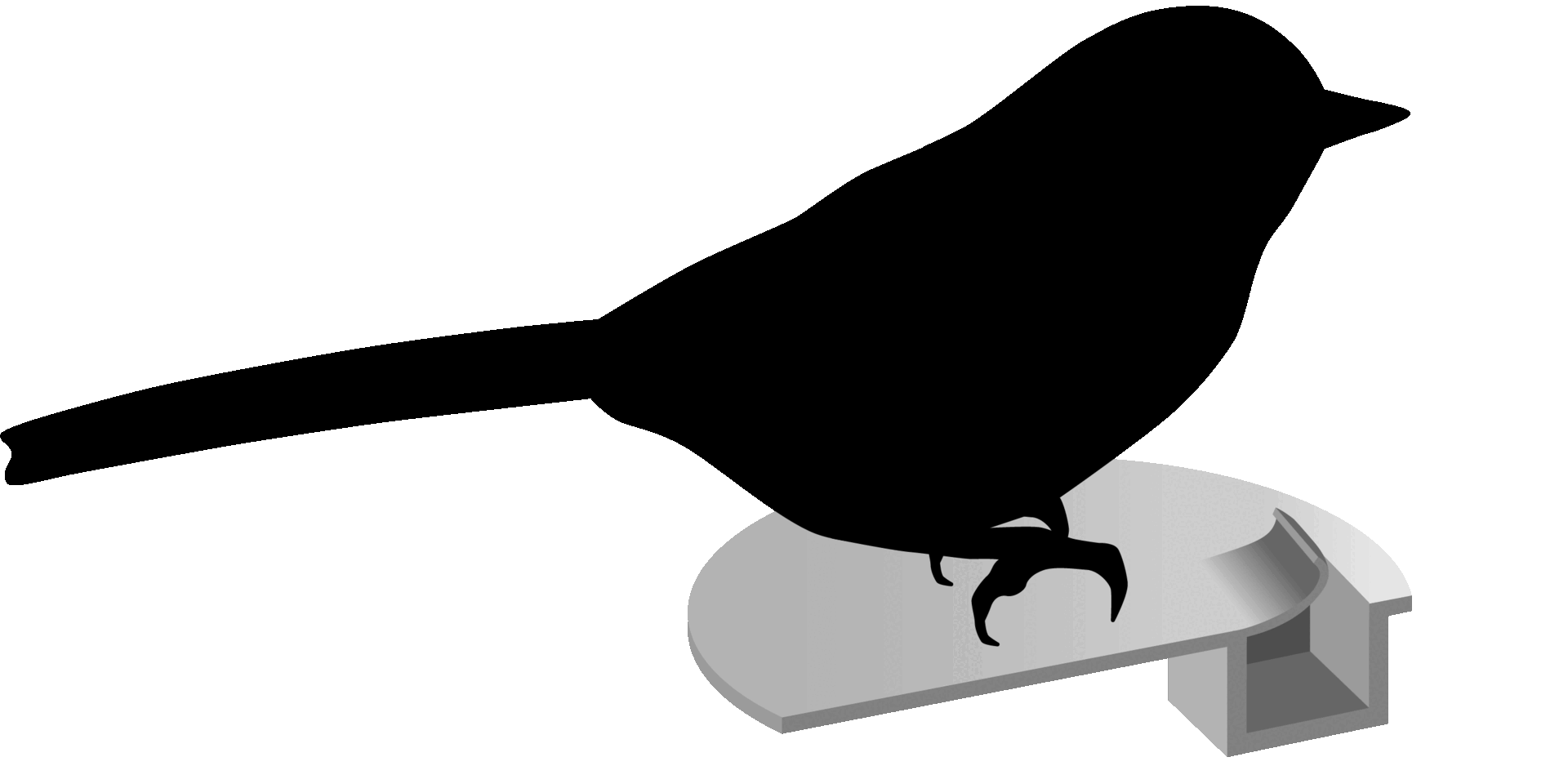PAYNE
LAB @NYU


Chickadee eye. Image: Sherry Li & Hannah Payne

Neural spikes (red) overlaid on the bird's location (grey) during a foraging task. (Payne et al. 2021)

An neuroethological approach to
memory and
perception
How does the brain store
fleeting experiences as
enduring memories?
Research
The Payne lab studies how memory, perception, and internal brain states interact in the brain.
Black-capped chickadees are tiny birds with big memories. They obsessively hide food items across their environment, and later retrieve them using memory.
By observing the chickadee's behavior, we can identify precise moments in time and space when memories are formed and retrieved. We then ask how these behaviors are orchestrated by neural circuits in the hippocampus and beyond.

A visual sense of space
All of our information about the world arrives through our senses. During memory formation, raw sensations are transformed into formats that can be efficiently stored for later at the expense of unnecessary detail. How is sensory information communicated to and stored by the hippocampus?
Memory retrieval from afar
Conversely, recalling a memory—such as dropping an ice cream cone on the beach as a child—can evoke vivid, spatially rich imagery. How does the hippocampus retrieve stored experiences and broadcast relevant details to other brain regions?
Stress and memory
Internal states like stress can dramatically impact memory ability. While chronic stress typically impairs memory, mild acute stress can enhance performance when aligned with task demands. In chickadees, stress hormone levels rise in winter, when food is scarce, yet spatial memory is enhanced. We plan to leverage food-caching behavior to ask how internal states modulate memory at the neural circuit level.
Publications
Food-caching birds
Remote activation of place codes by gaze in a highly visual animal. Payne HL & Aronov D. (2025). Nature. [Link] [PDF] [Dataset]
‘Place’ neurons recognize the same spot from close by and far away. Uwe Mayer. (2025). Nature. [Link]
News coverage:
Gazing at a location from afar activates place cells in chickadees. Marta Hill. (2025). The Transmitter. [Link]
Previous work
Interactions between circuit architecture & plasticity in closed loop systems. Payne HL, Raymond JL, Goldman MR. (2024). eLife. [Link]
Cerebellar Purkinje cells control movement with a rapid rate code that is invariant to spike regularity. Payne HL, French RL, Guo CC, Nguyen-Vu TDB, Manninen T, Raymond JL. (2019). eLife. [Link]
Magnetic eye tracking in mice. Payne HL, Raymond JL. (2017). eLife. [Link]
Timing rules for synaptic plasticity matched to behavioral function. Suvrathan AS, Payne HL, Raymond JL. (2016). Neuron. [Link]
Growth and splitting of neural sequences in songbird vocal development. Okubo T, Mackevicius EL, Payne HL, Fee MS. (2015). Nature. [Link]
Gating of neural error signals during motor learning. Kimpo RR*, Rinaldi JM*, Kim CK*, Payne HL*, & Raymond JL. (2013). eLife. *Equal contribution. [Link]
Vision drives correlated activity without patterned spontaneous activity in developing Xenopus retina. Demas JA, Payne HL, Cline HT. (2011). Devel Neurobio. [Link]

Contact
The Payne lab is part of the Center for Neural Science and the Department of Psychology at New York University.
6 Washington Place
New York, NY 10003
Email: hpayne [at] nyu.edu

Interested in joining our team?
POSTDOCTORAL RESEARCHERS
Candidates with an excellent research record and an unstoppable enthusiasm for scientific inquiry should email with a brief introduction, CV, and names of at least two references.
GRADUATE STUDENTS
Graduate students will need to apply to a graduate training program at NYU before rotating in or joining the lab. Information on the program in Neuroscience can be found here and information on the program in Psychology - Cognition and Perception can be found here.

